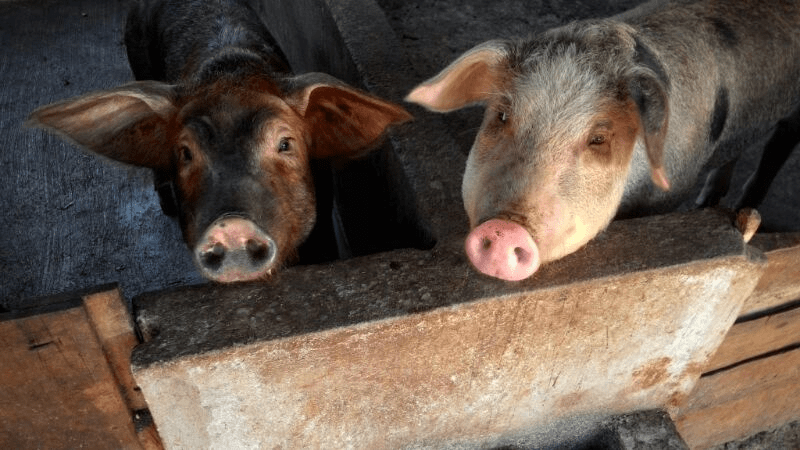Interventions to control or eradicate neglected zoonoses are generally paid for through the public purse and when these interventions focus on the animal hosts, they are often expected to be performed and financed through the state veterinary service.
The benefits of control, however, accrue across the human, animal, and environmental spaces and enhance both public and private interests. Additionally, disease control interventions do not take place in a vacuum and the indirect impacts of our actions should also be considered if the societal benefit of interventions is to be maximised.
With the caveat that unintended consequences can and will occur, pre-identifying potential synergies and trade-offs in our disease control initiatives allows for them to be considered in intervention design and monitored during programme roll-out.
In this paper, using a One Health approach with the example of Taenia solium control, the authors identify potential indirect impacts which may arise and how these may influence both our choice of intervention and opportunities to optimise the animal, environmental, and societal benefits of control through maximising synergies and minimising trade-offs.

